The country’s first commercial-scale offshore wind farm, now under construction 12 miles south of Martha’s Vineyard, could start producing power this fall.
Though the summer’s wind, rain and fog have caused delays at the onset of building Vineyard Wind, officials behind the project said Wednesday that the work is still on schedule to bring electricity to Massachusetts by the end of the year, possibly as early as October.
At least six of the project’s 62 turbines are planned to be operating by the fall, and by the end of 2023 the installation could be producing about 300 megawatts of power.
Saygin (Sy) Oytan, the chief operating officer of Avangrid, which owns half of Vineyard Wind, laid out the timeline for the $4 billion wind farm to about 70 Massachusetts state lawmakers, Cape Cod officials and first responders, conservationists, union representatives and members of the press during a tour of the wind farm Wednesday.
So far, monopiles for six of the turbines have been driven into the seabed, awaiting towers and blades to be erected atop of them. Once up and running the turbines are projected to generate electricity for 400,000 homes and businesses.
The piles, which look like giant stubs sticking out of the ocean, offer an initial glimpse of what is to come for the region. These are the first of what could be hundreds of turbines built in an 800,000 square-acre area off the Vineyard — prized for its shallow water depth and high winds.
Vineyard Wind is planning to get nacelle parts of the turbine, which house the gearbox, shafts and generator, next week. Some towers and blades for the turbines are already in New Bedford awaiting installation. Once built, the turbines will be more than 800 feet tall — about three times the Statue of Liberty and on par with the Eiffel Tower.
Most of Vineyard Wind’s turbines won’t be visible along the Vineyard horizon, though those with good eyesight may be able to barely make them out along the skyline. The introduction of plane navigation lights on the turbines will be noticeable in the night sky from beaches and coastal bluffs.
The project — the first commercial-scale offshore wind farm in the country to receive all of the necessary state, federal and local permits — could be completely finished by next summer.
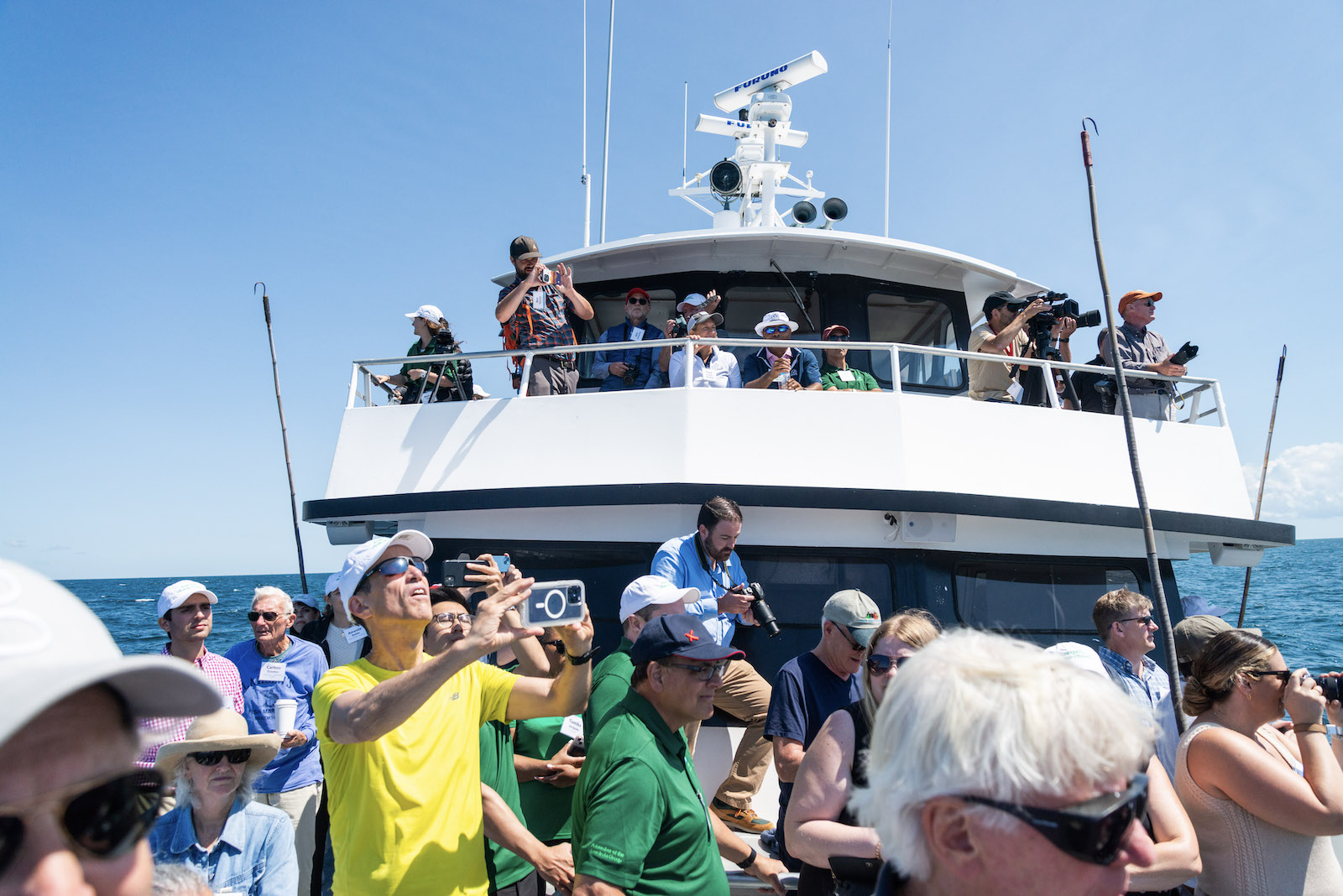
Leaving the dock in Hyannis, the Avangrid tour went the approximately 35 miles to the farm, carving a path between Martha’s Vineyard and Nantucket. The John and Son II charter boat carrying state legislators took about two hours to get to the offshore construction site on the calm seas.
On the way to the piles, the boat passed a huge vessel hired by Vineyard Wind to work on joining all of the undersea cables together. All of the transmission cables that would carry the new source of clean energy to the regional grid on Cape Cod have been laid and workers on the vessel were completing the last portions.
The biggest splash on Wednesday’s tour was the newly constructed substation that will collect the power from all of the Vineyard Wind turbines. Built on the water near the where the turbines will stand, a 60-meter tall substructure painted a Tonka-truck yellow holds the 3,500 ton substation — one of the largest in the world.
Construction on the substructure finished last month. Costing about $900 million it will control the flow of all the turbines’ energy into the grid. About the size of a football field, the topside of the substation stands three stories high.
Seeing the work firsthand was a thrill for Rich Delaney, the head of the Center for Coastal Studies, a leading whale research center in Provincetown.
“It’s certainly encouraging and hopeful to see offshore wind actually being constructed,” he said. “We’ve waited so long and we’ve needed it forever. Finally we have some action on the construction phase.”
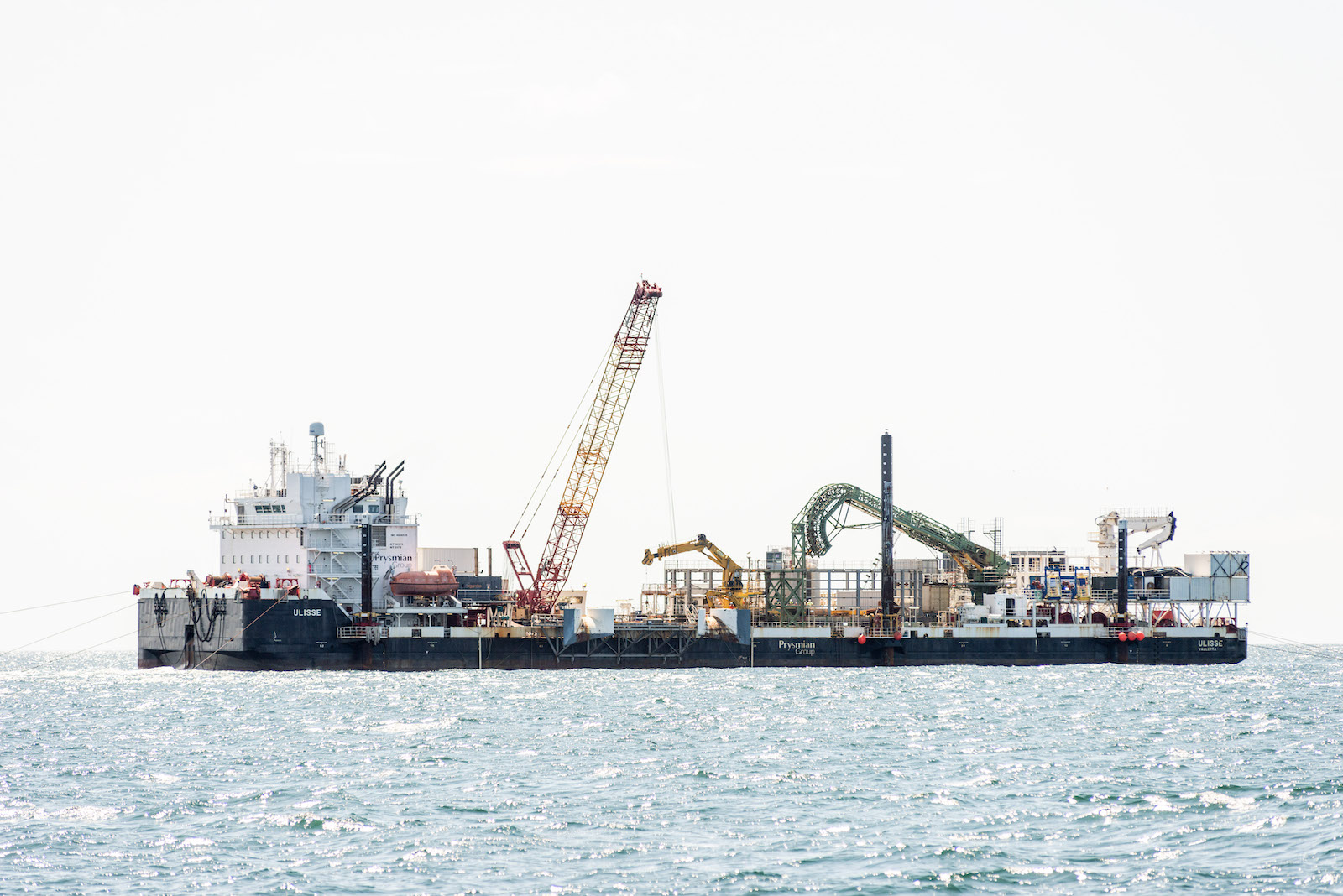
Several organizations have raised concerns about the effects of the wind turbines and their construction on whales that migrate through the area. But Mr. Delaney said not weaning the country off fossil fuels was a much greater threat.
“What ultimately is the major number one threat to all whale species is climate change,” he said. “We need these things and they’re not hurting the whales.”
Cape Cod firefighters were also on the tour to consider what responding to an emergency could entail. The farm area falls under the Coast Guard’s jurisdiction, but if there was a fire or an issue with any of the boats going back and forth throughout the region, Hyannis deputy fire Chief Greg Dardia wanted to have an understanding of the project.
“Eventually, at some point, something is going to go wrong,” he said. “It’s going to test all of our agencies.”
Several of the attending state lawmakers were involved in climate change legislation or other regulations regarding offshore wind energy. Barnstable town officials were also on hand, as were union representatives for the workers who have been constructing the project.
No Vineyard or Nantucket officials were on the tour, and the islands’ two state legislators, Rep. Dylan Fernandes and Sen. Julian Cyr, were not in attendance.
Officials from as far away as Salem were there. The North Shore city is seeking to become the construction center for projects in the Gulf of Maine, much like New Bedford is for Vineyard Wind, said Salem mayor Dominick Pangallo.
“It’s critical to our climate goals,” Mr. Pangallo said.
Avangrid owns Vineyard Wind along with fellow wind energy developer Copenhagen Infrastructure Partners. Near Vineyard Wind, Avangrid is also working on two other proposals — Park City Wind and Commonwealth Wind, Mr. Oytan said during the tour.
But both have been caught on economic snags as a result of the pandemic and chaotic supply chains — issues Vineyard Wind has largely been able to sidestep because it had most of its contracts already lined up by then.
“Each time I talk with a supplier to get the pricing, they’re increasing [the cost] by $100 million,” Mr. Oytan said.
As those projects get straightened out, Vineyard Wind is working on building the team that would work at the operations center and helicopter hangar on the Vineyard. The operations facility is currently under construction on Beach Road in Vineyard Haven and it will be where workers who take care of everyday maintenance are stationed.
The power from Vineyard Wind will be injected to the mainland grid, but it will at times flow to the Island. Mr. Oytan said in the big picture, turning away from fossil fuels would be beneficial to the entire region.
“I think it will help with the climate change that all of these islands are facing,” he said. “If the sea water rises up, what’s going to happen to Nantucket and Martha’s Vineyard.”

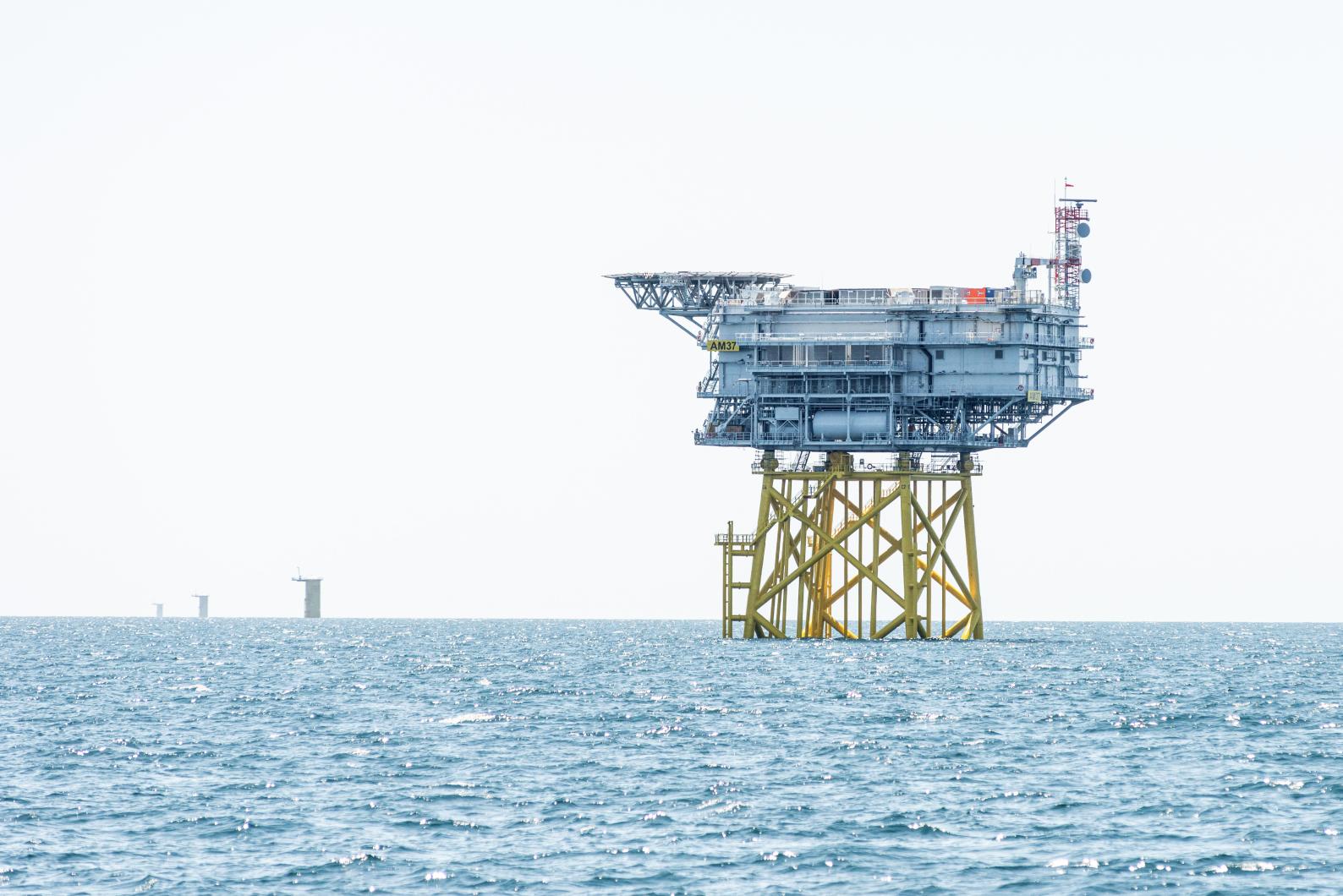
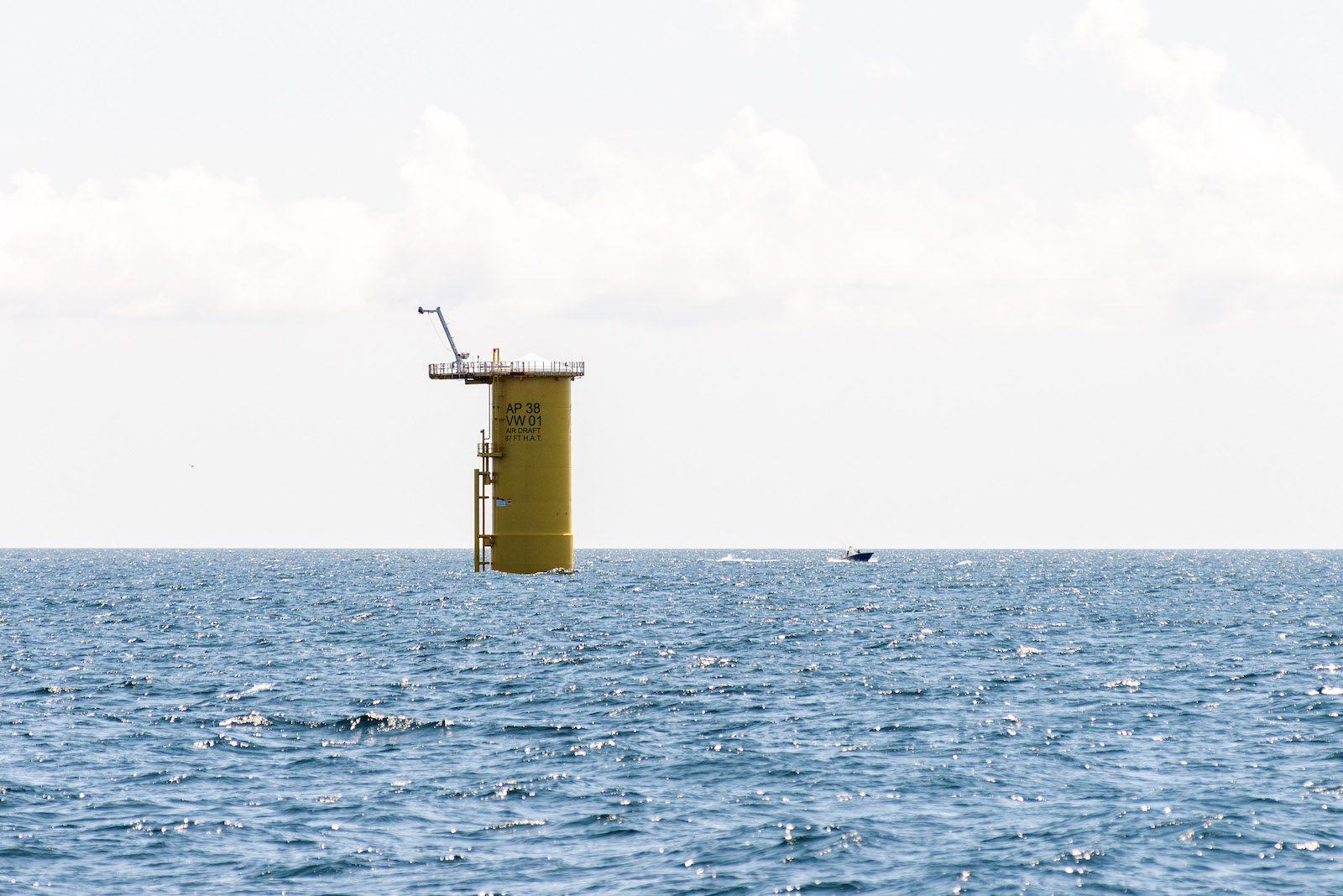
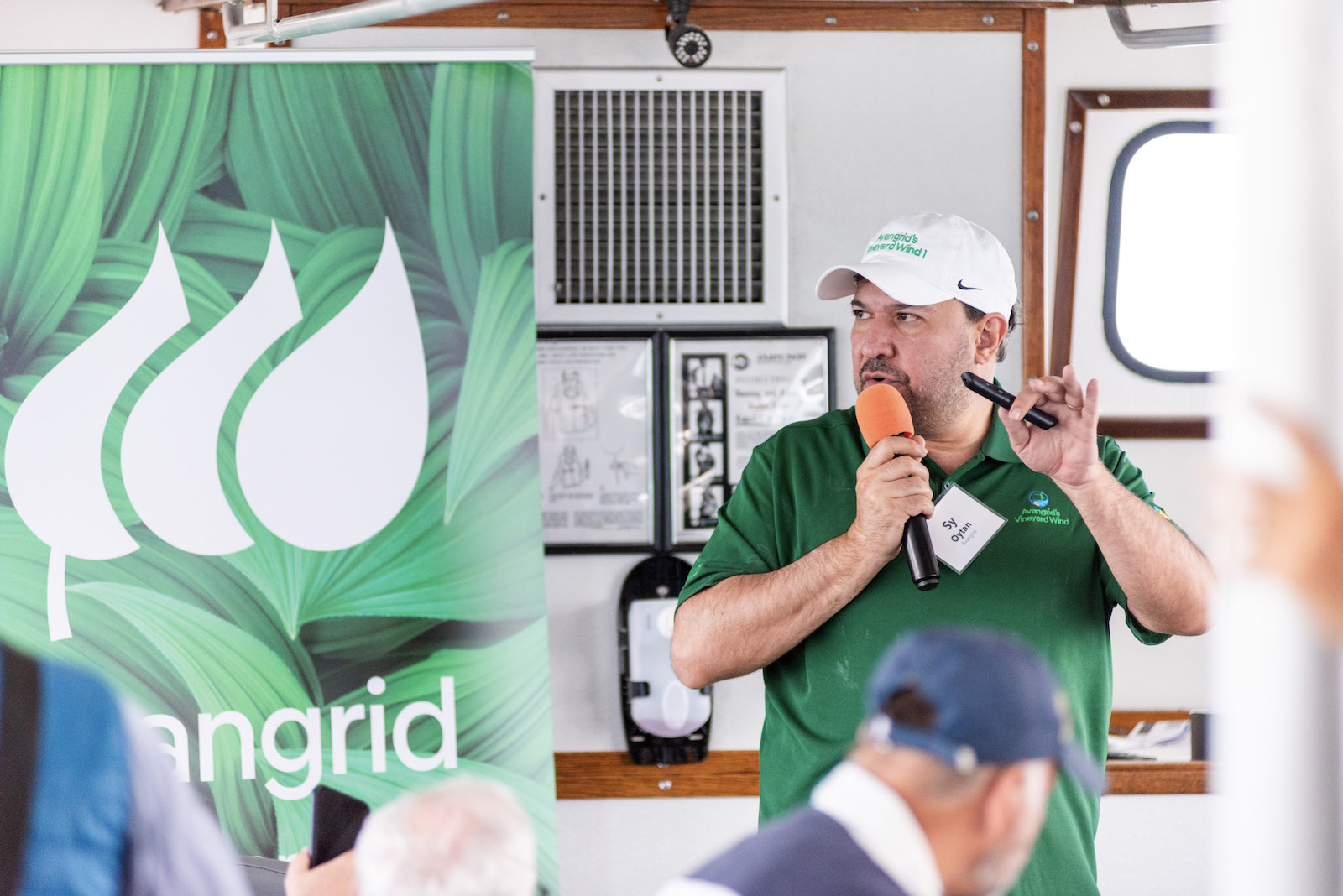





Comments (1)
Comments
Comment policy »